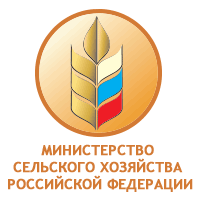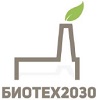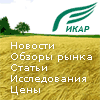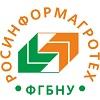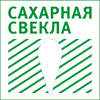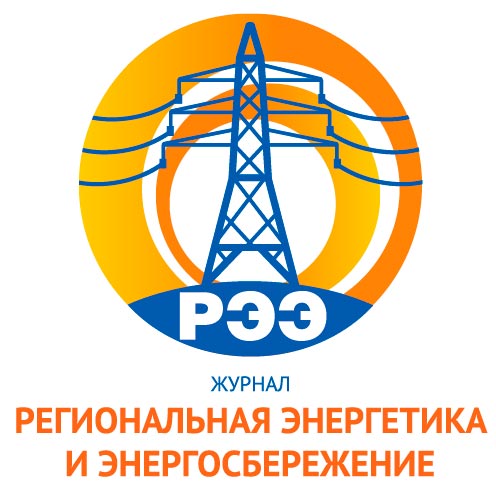USDA GAIN report highlights Russian pellet potential
12.03.2017 18:48:00
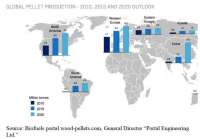
USDA GAIN report highlights Russian pellet potential
By Katie Fletcher | July 15, 2016
In 2016 and 2017, wood pellet production is forecast to increase 5-7 percent, due to strong EU demand, interest from Asian markets, competitive export prices, increasing local production, new capacity, as well as the Russia's energy goals.
USDA FAS GAIN
A report recently filed with the USDA Foreign Agricultural Service's Global Agricultural Information Network provided an overview of the Russian federation's biofuels industry, including data on likely growth with wood pellet production and exports.
As Russia is one of the world's leading producers and exporters of oil and gas, the report stated that biofuels have had an insignificant share (1.2 percent) in the overall energy production mix, and biomass accounting for less than 1 percent. Its estimated biofuels make up 5 percent of Russia's heating energy and 1 percent of its electrical power, although there are no official statistics on these measures.
The report stated that no major breakthrough in the biofuels sector is expected (at least in the short-term). However, wood pellet production and exports "will likely continue to grow, driven primarily by increasing demand from European and Asian markets, soft ruble and increasing local consumption."
In 2016 and 2017, production of wood pellets is forecast to increase about 5 to 7 percent, and in the mid-term, domestic demand is forecast to increase at 10 to 12 percent annually. EU's growing interest in biofuels is increasing demand for wood pellets. According to the GAIN report, this will continue to be a major incentive for Russia to increase production of wood pellets. Currently, Russia is the third largest exporter of wood pellets in the EU, following the U.S. and Canada. According to Russian Customs Service, export of wood pellets from Russia in 2015 was 934,000 metric tons, an increase of more than 6 percent from 2014. The leading destination was Denmark, followed by Sweden, Germany and South Korea. Russia accounts for a 6 percent share of world wood pellet exports. Russia ranks eighth in the world for total wood pellet production, with 3 percent of total wood pellet production.
According to FAOSTAT, production of wood pellets in Russia is forecast to increase significantly by 4 million metric tons by 2020 and 8 million metric tons by 2025. However, the Russian Ministry of Energy forecasts production will increase at a slower pace, between 10 and 15 percent annually. The Russian Federal Statistical Service reported Russia produced 978,000 metric tons of wood pellets last year, a 10 percent increase from 2014, although these statistics are thought to be inaccurate. The report stated that it's believed the actual wood pellet production is higher than reported by RosStat because many mid- and small-sized plants, which operate as part of larger wood processing plants, do not report their production.
Although overall production is increasing, due to industry consolidation and rapid expansion of larger manufacturers, the total number of processing facilities has been shrinking, dropping from 145 in 2010 to 98 in 2014. Based on reports, this number is expected to start growing again at a slower pace, and in 2017, is estimated to reach 120.
The report included top pellet producers and recent plant development. Most facilities are located in the Northwest, Central and Volga regions of Russia. Five new production facilities were constructed in 2015, according to the GAIN report, and a number of pellet plants are reported in the construction phase and are scheduled to start operation in 2017.
According to experts from Lesonline.ru portal, there are about 20 wood pellet facilities in Russia with production capacity ranging from 30,000 to 70,000 metric tons per year that have had stable operations since 2010. Reportedly, they produce half of Russia's pellets, however, analysts project a trend away from large plants with an increasing number of facilities with smaller capacity (up to 20,000 metric tons per year). Although, the share in overall pellet production from the smaller facilities accounts for only 14 percent. The report stated, "given the current economic situation, the number of smaller-capacity facilities is forecast to increase because they have more mobility in sourcing raw materials and can easily market their production locally."
ENplus A1 certification is taking off in Russia, with 16 large pellet producers reportedly certified in 2016. However, experts believe that smaller producers will not be able to complete certification due to the additional costs and may not be competing for export markets. And, since 2015, about eight Russian producers have been certified by the Sustainable Biomass Partnership.
According to the Federal Forestry Agency, biomass production is considered the main alternative for Russia's developing biofuel sector. "Russia has huge potential for biomass production; however, due to the large supply of high-value fossil fuels, and lack of government incentives for businesses to utilize wood waste, only large wood processing facilities are interested in the commercial production of biomass," the report stated. Russian government has a current focus on import substitution and investing into production agriculture and infrastructure, thus experts do not anticipate an increase in biomass production development in the near-term.
Another impeding factor on the biofuels sector is the current economic conditions as a result of the drop in world oil prices and changes in Russian domestic monetary policies, depreciated the ruble sharply. In 2015, this resulted in annual consumer price inflation of 12.9 percent.
Like many countries, Russia has a national energy goal of becoming 40 percent more energy efficient by 2020, and while there have been attempts at the federal level to promote biofuel production, there are also a small number of activities happening regionally. The report stated that a number of projects aimed at production of alternative energies have increased in the past years, including those from plant cellulose and agricultural wastes, along with production of biofuel raw material for export (including fuel pellets, rapeseeds and rapeseed oil). The only significant industrial biomass factory is the thermal electricity station "Beliy Ruchey" operating in the Vologda oblast, with an energy capacity of 6 MW, which partially covers the electricity needs of the Vologda region and supplies electricity to the local forestry processing plant.
According to the Russian Ministry of Energy, the volume of technically accessible renewable sources of energy in Russia is estimated at 24.2 billion tons. The Russian Forestry Agency sets total allowable cut at 670 million cubic meters, although in 2015, only 203 million metric tons were harvested. Total annual volume of wood waste from logging in Russia is estimate at 14 to 15 billion metric tons (equivalent to 8 billion tons). Experts estimate only 8 million meters cubed of non-commercial timber and wood waste is being used for biofuels in Russia. The only Russian plant currently production ethanol from nonedible raw material, such as waste from lumber production, is the "BioChemPlant" Co. Lt., located in Kirov. The facility also produces wood pellets, and anticipates starting production of biomethane from the hydrogenation of carbonic gas formed in the course of fermentation yeast.
Biogas is also mentioned in the GAIN Russian annual biofuel update. Experts from the Institute of Energy Strategy estimate that due to vast supplies of agricultural wastes, food processing wastes and municipal wastes, 66 billion meters cubed of biogas and 112 million metric tons of high-value granulated fertilizer could theoretically be produced in Russia. Experts also estimate electricity production from biogas around 121,200 gigawatt-hours (GWh) and heat 169,344 GWh. There are four major biogas projects in three regions that are operating in Russia currently, with no government program to stimulate construction of more biogas facilities in Russia.
The full report can be downloaded here.



